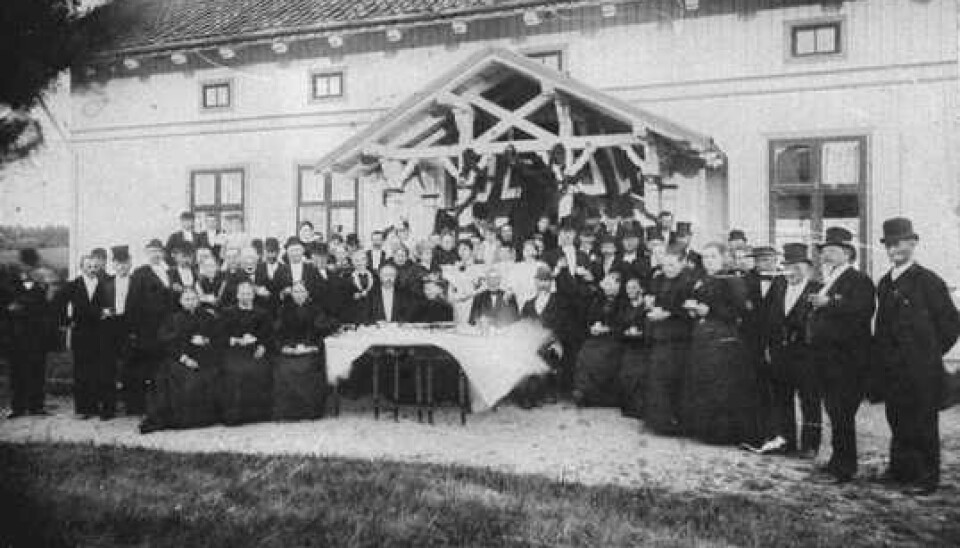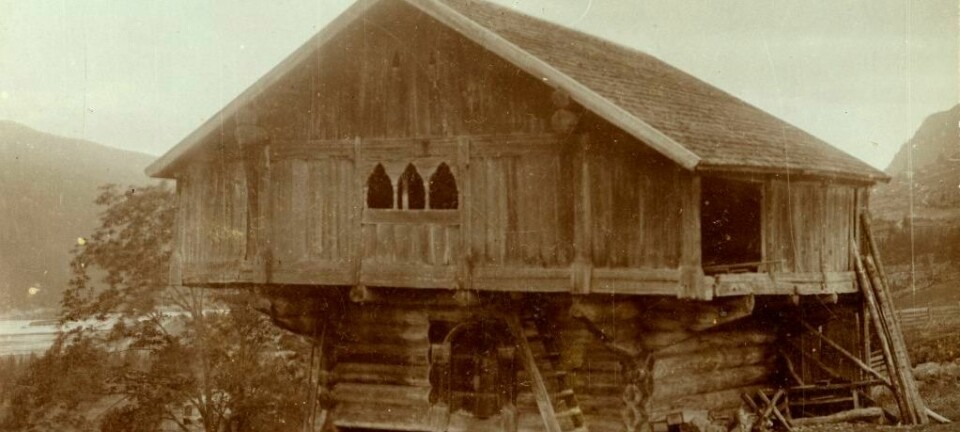
The myth of ye olde family farm
The old family farm as a symbol of unbroken tradition and continuity is a modern myth. A couple of centuries ago, family estates were seen as a commodity, to be sold if the price was right.
Denne artikkelen er over ti år gammel og kan inneholde utdatert informasjon.
If there is one true symbol of the old Scandinavian agragrian society, surely it must be the family farm – the country estate embodying the ties between the earth and the people who till it, the one constant through changing times and successive generations.
It’s a romantic idea. It’s also a false one, a fairly modern narrative that has only surfaced during the last hundred years or so, according to findings by Swedish researcher Martin Dackling.
A new invention
“If the family farm is defined as an intact unit that has been transferred within the family for generations and to which family members are closely attached, then the results from this study suggest that this kind of institution is not an old relic. On the contrary, it is a new invention,” he concluded in his thesis at the University of Gothenburg.
Dackling explored the relationship between land and families in three Swedish counties between 1845 and 1945. His research shows that family land increasingly was sold out of the family for profit during the 18th and 19th century, when land became a commodity and prices increased.
"Preserving a particular family farm was not a priority," he says.
More about tax than family
This pragmatic approach to inherited land goes far back, according to Frode Iversen, Associate Professor at the Museum of Cultural History in Oslo.
"Only a small proportion of the land in the Middle Ages and up to the 17th and 18th centuries was inherited – probably around 20 percent. The regulations related to inherited land were originally focused on tax exemptions, rather than inheritance and the right to buy family land," he says.
Increasing emotional connection
However, by the beginning of the 20th century, times were changing, Dackling’s research shows. Increasingly, the farms were transferred within the family rather than sold to strangers.
Unmarried siblings began to run the farm together, thus saving on costs and avoiding dividing the estate. These developments were likely to increase the emotional connection with the farm, Dackling suggests.
The family farm nostalgia peaked in the 1930s, when farms were entered into registers and prizes awarded to farms belonging to the same family over a long time.
Politically romanticised
Contemporary political ideas also encouraged the notion of the family estate, Iversen says.
"The concept of family-owned land was greatly romanticised during the 19th century, with a notion that inherited land was the true, original state of Germanic societies. This was not least connected to Friedrich Engels and Karl Marx’s ideas around the so-called Germanic form of production, based on free farmers and egalitarian land rights," he said.
"In this model there was no space for an ‘original state’ consisting of powerful landowners and estates. This persistent myth has been disproved by research over the last 20-30 years," he says.
Incorporated into Nazi ideology
Ideas about an old Germanic society of landowners played into the narrative of the Nazis, who incorporated the concept into their ‘Blut und Boden’ (blood and land) ideology.
“For Hitler’s minister of agriculture Richard Walther Darré, the family farm provided the basis of a future elite society, as a contrast to the degenerate urban life of modernisation,” Dackling said.
"For the Nazis, the idea of inherited land based on family was a key mechanism in the drive for racial selection," Iversen adds.
Commodity and family
However, there is no inherent conflict between land as a commodity on the one hand and family continuity on the other, Dackling says. This artificial divide has been a limitation for previous research, he suggests.
"The fact that land could be bought or sold as a commodity did not mean that family ties were diminished. Even in modern times the land has primarily been transferred between relatives."
































